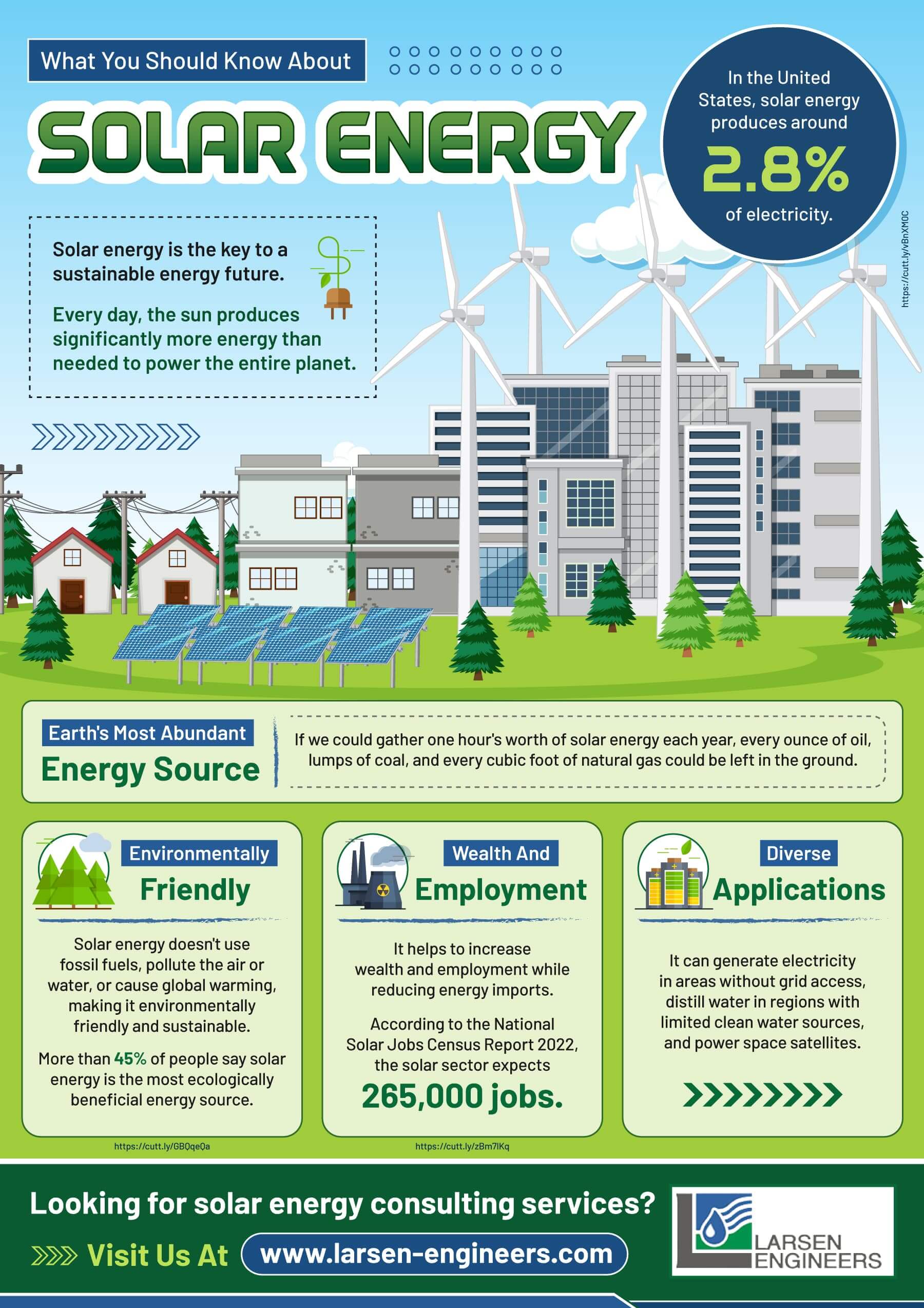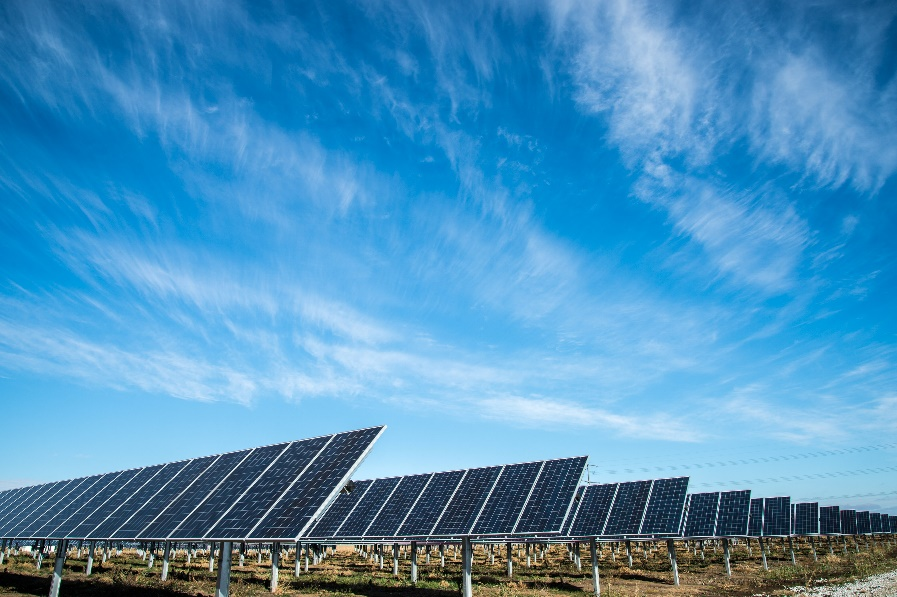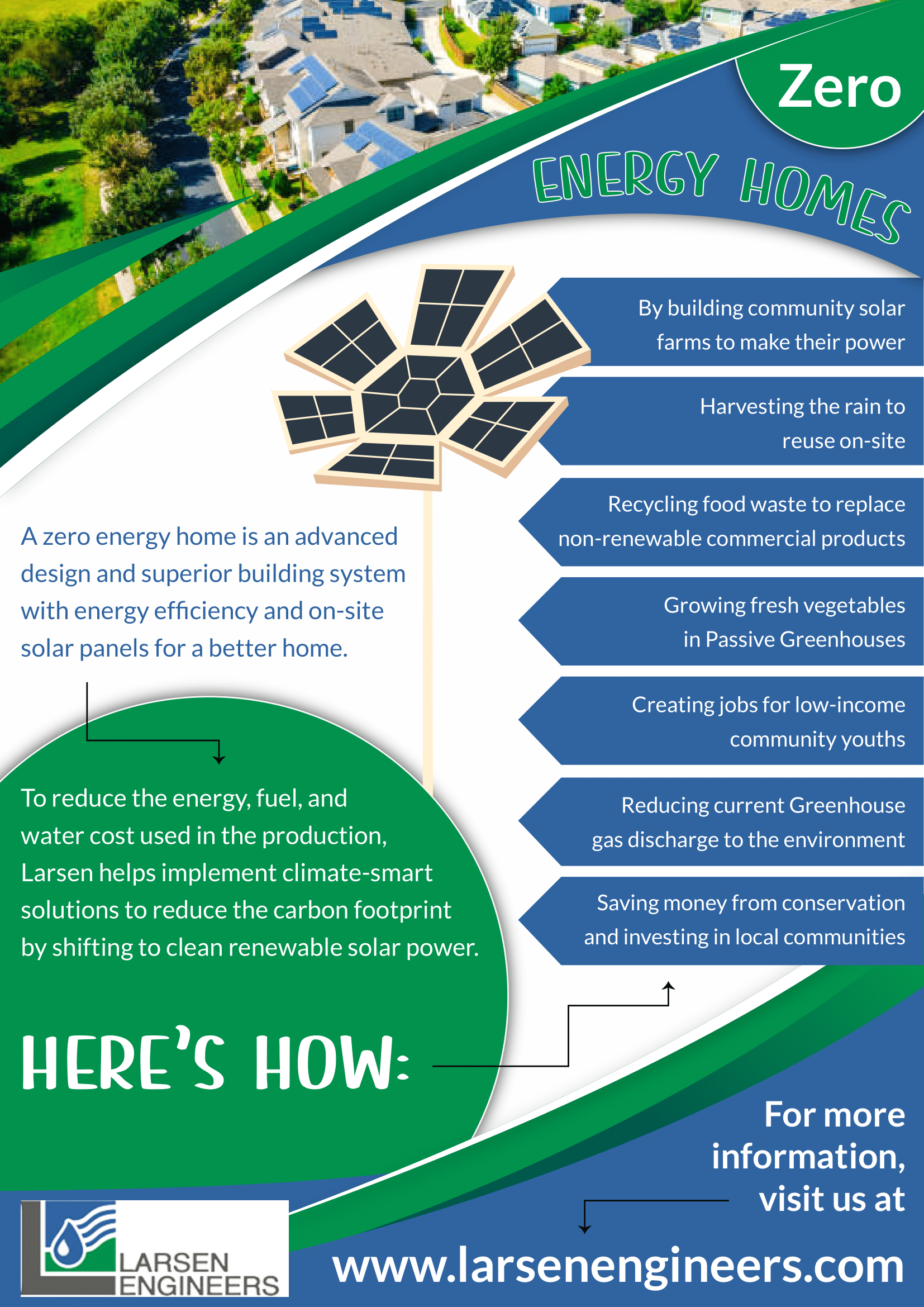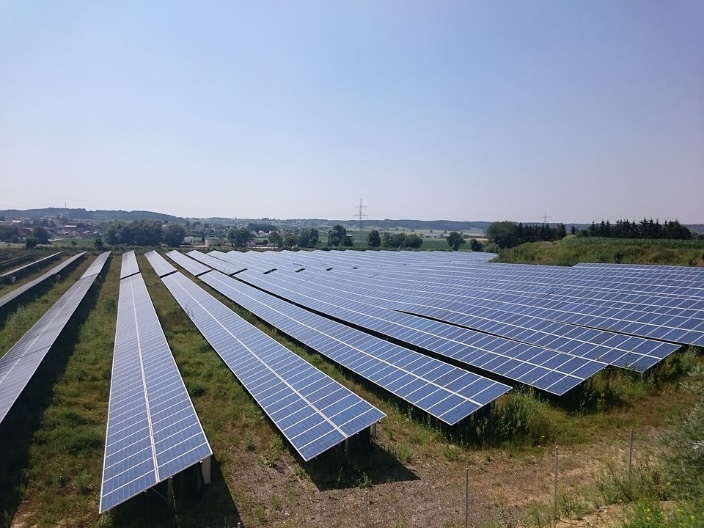Behind a sustainable energy future it is solar energy that is the key to achieve it. Find out more on what you should know about solar energy.

Behind a sustainable energy future it is solar energy that is the key to achieve it. Find out more on what you should know about solar energy.

Many public housing communities in various parts of the USA either do not have access to Clean energy, or their costs exceed the budget available to them. In such situations, it becomes necessary to provide them with renewable energy by utilizing the Federal and State grants and incentives available to solar developers to serve such residential customers. Not only is it a cheaper alternative to many conventional means in the long run, but it also creates a self-sufficient environment that can help areas thrive.
Low-income communities tend to benefit the most from these. Here are some ways they can benefit from them:
Solar energy can be converted into electric energy using photovoltaic panels. The process is fairly optimal and is one of the most environmentally clean solutions for renewable energy. The go-to solution for powering various components and lighting up low-income communities is solar energy produced at Privately owned and financed Community solar farms.

With an extensive enough setup, larger areas can easily be accommodated with enough energy for comfortable residence and communal development in low-income areas. Working with a professional team with adequate experience can help with maximum yield and efficient installation.
One of the most basic solutions to improve the state of renewable energy is to conserve the energy already available. Energy-efficient lighting provides significant savings, consuming around 10% of the energy that incandescent bulbs take up. They also last fairly longer due to less heat production and more reliable, modern components.
Using better LEDs and smart controls is a great way of promoting the use of renewable energy and instilling a proper behavioral change in the concept.
Another great use of solar energy is to use of solar thermal water heaters. They’re an excellent way of reducing the need for other means to heat water, transferring heat from the sun to heat the water in communities. They’re mounted on the roof and are connected to a control unit and a water tank.
Heat falls on the collector, aka the solar panel, which then gets transferred to the water. All of the hot water is stored in an appropriate tank to be used later on.
Larsen Engineers is a Rochester-based business. We offer climate smart green designs for LEED-certification municipal engineering services, anaerobic digestion design services, structural engineering services, construction phase services, consulting engineering services, and civil and environmental engineering to our clients.
Our climate-smart community planning consultants are focused on helping out communities and sparking change for a better future. Get in touch with us today.
As the electricity costs in the US continue to increase, many people are considering alternative energy sources to reduce their current utility bills. Lots of homeowners in the country are considering installing solar panels to reduce their carbon footprint and save money.
It’s, however, important to note here that installing solar panels is a huge undertaking, and many people can’t afford it. The best way to overcome this problem is to use community solar in low to moderate-income residential developments.
Distributed solar photovoltaic (PV) systems are becoming increasingly popular in the US, and their associated costs are also reducing swiftly. New York’s Green New Deal initiative (the state’s goal for 100% carbon-neutral power generation by 2040) and the Clean Energy Standard (the state’s goal to produce 70% of the electricity using renewable energy by 2030) are expected to bring economic development and employment opportunities for the residents in low to moderate-income areas.
New York’s public and private housing authorities can use community solar to seamlessly achieve these sustainability goals and rapidly improve the current economic state of low to moderate-income residential developments.
Community solar, also known as shared solar or solar garden, provides renters, homeowners, and businesses equal access to solar and allows them to gain the environmental and economic benefits of solar energy generation without installing a solar panel in their home or commercial facility.
Here are the core principles of an effective and fair community solar project.
Site selection plays a key role in determining the efficacy of a renewable energy project.
To put minimum stress on infrastructure, try brownfields and grey fields instead of green fields. But, make sure you’re installing the solar panels at locations from where they can receive sunlight throughout the day. Seek help from a LEED-certified company to make sure you’re complying with sustainability standards.

Headquartered in Rochester, New York, Larsen Engineers is a renowned multi-disciplinary firm that provides solar energy consulting services, civil and environmental engineering, structural engineering services, construction phase services, anaerobic digestion services, consulting engineering services, and LEED-certified municipal engineering services to our clients.
Contact us today for more information.
Zero Energy Homes are a superior and advanced building system with energy efficiency and on site solar panels. Learn more about zero energy homes here.

The global solar PV demand is expected to surge to 125.2 gigawatts by 2024. Since the demand for solar energy has been consistently increasing for the past decade, the technology is also becoming more advanced and cost-effective. According to research, the overall construction costs of solar power technologies will drop by a whopping 4.4% annually. The PV sector was expected to grow at the rate of 13% per year from 2020 to 2030.
According to a report published on March 22, 2022, Governor Kathy Hochul has announced New York as the leading solar community market in the US. In New York, over one gigawatt of community solar is operational and sufficient to provide energy to 209,000 homes.
The state is reported to have the US’s biggest pipeline with several community solar projects in process, ensuring people’s continued access to clean economic solar in the coming years.
This announcement has substantially accelerated the progress towards accomplishing the goals of the Climate Act, i.e., the Climate Leadership and Community Protection Act. The primary goal of the Climate Act is to leverage renewable sources to produce 70% of the state’s overall electricity and achieve approximately 10- gigawatts by 2030.

Looking for reliable solar power renewable energy services to develop Community Solar farms fo commercial scale – 2to 5 Mega Watt size, Larsen can help.?
At Larsen Engineers, we offer reliable solar panel installation services and consultation services to our clients at affordable prices.
Feel free to get in touch with us if you’re looking for a reputable solar energy consulting services provider in New York.
We also offer a range of other services, including but not limited to environmental engineering, structural engineering management, water and wastewater engineering, and more!
In the United States, solar energy is booming. It’s one of the most heavily funded renewable energy sources. In 2019 alone, the solar industry generated $18.7 billion of investment in the US economy. By the end of September 2019, the US had deployed over 2 million solar photovoltaic (PV) systems. Also, most major electricity grid studies show solar energy expanding significantly over time. Continue Reading
How is solar energy the next big thing? And why you should make the shift towards it?
Explained in the infographic below: